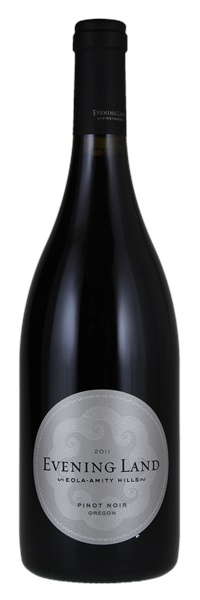Removed from a professional wine storage facility; Purchased upon release; Consignor is original owner

Image above is an example. To view the image of the lot, click the item number.
Estimate
High-pitched red berry and cherry aromas are complemented by white pepper and allspice. Silky and seamless in texture, offering energetic redcurrant and bitter cherry flavors that slowly gain sweetness as the wine opens with air.
Blueberry and huckleberry inform an ingratiatingly polished palate, their tart edges and berry seed crunchiness vintage-typical, but the overall impression unusually soft and sweetly ripe. A savory undertone of meat stock serves...
Taut and aromatic, with firm tannins around a core of cherry, currant, cinnamon and mineral flavors, persisting expressively on a light frame and showing savory details on the finish.